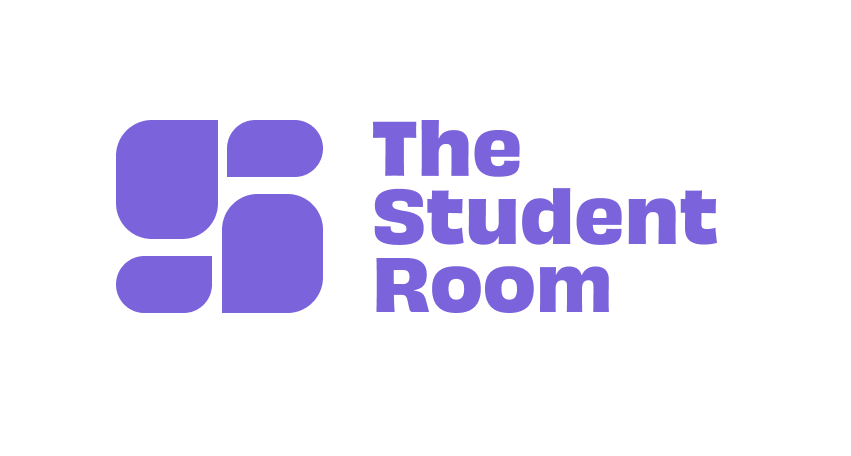We’re always talking about how important it is to engage our users to increase brand awareness, but do you ever consider the engagement from people who don’t interact with your content directly?
Take social media: have you ever thought ‘I have 5,000 followers on Twitter; why do my posts only get twenty retweets?’ That’s because lurkers are making up most of your audience. And they exist in most multi-user online communities and social media networks.
SO, WHAT IS A LURKER?
Behind every post there could be hundreds of people reading your content that make no contribution to the conversation. Lurkers are the people interested in the conversation but instead of engaging with it directly, they listen. It might sound a bit strange, but we all do it. Next time you scroll through your social media feed, be aware of the amount of content you consume but don’t respond to, for example comment, like or share.
Lurkers are often just as valuable as those who participate in the conversation. Expert social media strategist, Ted Rubin, stated:
“Lurkers – those who don’t add anything to conversation – are probably the most important people on social media”
THE THEORY BEHIND LURKERS
Research by Jacob Nielsen revealed most online communities and social media networks follow the 90-9-1 rule. This means they rely on a small group of users to contribute to most of the content and expect the majority of users not to participate in the conversation. Nielsen refers to this as participation inequality and breaks down the audience like this:
- 90% of users are lurkers who read or observe but don’t contribute
- 9% of users contribute from time to time
- 1% of users participate a lot and account for most contributions
But it’s not only online communities and social media that follow the rule of participation inequality. There are many places on the internet it applies to. Take e-commerce websites like Amazon.com: A book on Amazon might sell thousands of copies, but only have 10 reviews, meaning less than 1% of customers contributed to feedback.
LURKERS ON TSR
We took to TSR to see if the 90-9-1 rule applied to our student community. We analysed member activity and found participation inequality on our site followed a very similar pattern:
- 82% Lurkers (guests, plus any members who haven’t made a post)
- 17% Intermittent Contributors
- 1% Heavy Contributors
In the last month our Intermittent Contributors made up to 49 posts, our Heavy Contributors were responsible for 50+ posts and we averaged around 400 users for every poster. That’s 400 lurkers silently consuming a single person’s post but not engaging in any activity.
There’s no one reason for why lurkers don’t participate. Some don’t want to engage on a public platform, and others might have already found the answer to their query from someone else and don’t need to engage in conversation.
DON’T UNDERESTIMATE THE VALUE AND INFLUENCE OF A LURKER
Lurkers might not be the most visibly involved users but they are engaging with your brand as much as contributors are, meaning they are just as valuable for awareness. Listening and observing makes them knowledgeable about your brand and although they stay quiet online, they can still contribute to brand loyalty and can spread the message amongst other channels. So be aware it’s possible to make that connection and always encourage buy-in.
As lurkers account for a significant percentage of your audience their influence is in their huge numbers. We must consider the information they are looking for and answer their unspoken questions through useful content. This avoids isolating a potential relationship and increases the possibility to convert them to active users.
CONNECT WITH THE LURKERS AND CONVERT
At TSR we have a team of community members who work hard to optimise onsite engagement and connect with all our users. Although participation inequality will always exist in online communities like ours, there are lots of things we do to help equalize the percentages:
- Make it easier for users to contribute – The site functionality allows members to easily reply to posts or start a new discussion.
- Reward participants – TSR allows users to give ‘rep’ to others when they contribute in conversation or say something particularly helpful. We also recently implemented badges, which are automatically appointed to a member once they complete a certain action, for example if you share X amount of posts.
- Promote quality contributors – We have a number of heavy contributors and volunteers who are labelled as a ‘Very Important Poster’ or their TSR title is highlighted when they post such as ‘Official Rep’ or ‘Clearing and Applications Advisor’.
Remember, behind every poster on TSR there’s hundreds of visitors observing your content. Click here to find out how our University Partner Packs can help you connect with this unseen audience.

